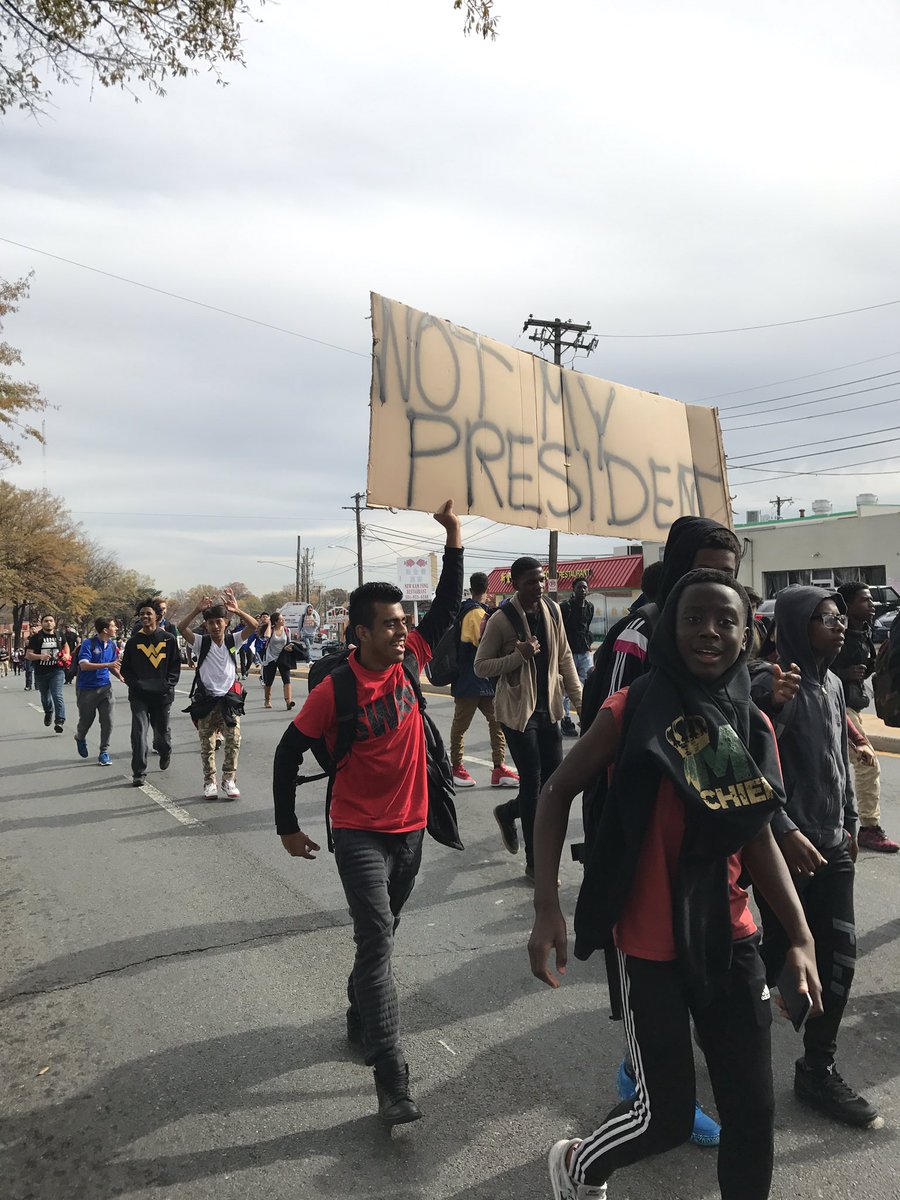No matter what organization sponsors youth development work, one certain feature is some variant on citizenship values – be it called civic education, moral development, or character education. One reasonable indicator in evaluating the results of these efforts in classrooms and in youth groups is the voter participation rates of these young citizens once they reach 18.
The leadership record of youth-serving groups in this regard is dismal. Of the major employers of young adults, only the armed forces have a structured program to encourage maximum registration and voting. Many children- and youth-serving agencies are run by managers who frequent conferences near and far bemoaning the lack of public will on behalf of children. Yet back on the job, they are often clueless about their own young staffs’ voter participation rates.
Since 18-year-olds won the vote in 1971, young adult voting has been in a 30-year decline. Except for an uptick in 1992, 18-to-24-year-old voter participation has sunk steadily from 43.4 percent in 1972 to 28.2 percent in 1996. Among all eligible voters in ’96, only 50.7 percent showed up, for the third lowest turnout in a century. In the last hung presidential vote, in 1876, turnout was 82 percent.
But last month about one million more 18-to-29-year-olds turned out to vote than in 1996. Under-30s voted a rate of 38.6 percent. Yet that means almost two young citizens in three couldn’t be bothered. In a photo finish election, plausible “what if” scenarios abound. But consider that Al Gore carried Florida’s 18-to-29-year-old vote by a landslide 55 percent to George W. Bush’s 40 percent. Nationally, “first-time voters” favored Gore 52 percent to 43 percent, with Ralph Nader winning 4 percent.
Except for Nader, no presidential candidate made much effort to win the youth vote. Almost two-thirds of paid political advertising was aimed at those over 50, while just 14.1 percent targeted young adult voters. For all his effort, Gore’s vote from those over 65 bested Bush’s by just three points.
For a lesson in how democracy could work better, look to … Mexico. Many in the U.S. would claim that our southern neighbor needs to learn democracy from us, but young Americans and those who work with them should heed the youth-led political revolution that takes effect in Mexico this month. After 71 years in power, the authoritarian Institutional Revolutionary Party gives way to a new president, Vincente Fox; he was swept into office largely by the votes of those under 30. The demographics between the two countries differs in important ways (Mexico’s median age is 22, compared to 36 in the U.S.), but the big difference in the presidential election was that young Mexicans organized and turned out en masse for Fox. Now, says the Washington Post, his success in office may depend on how he responds to young people, “who in large part gave him the presidency.” No wonder that on inauguration day, Fox had breakfast with impoverished street kids.
That kind of gesture is unimaginable right now in the U.S. But there are lessons for all parties in our own recent campaign, in which left-of-center candidates (Gore and Nader) drew 53 percent of the vote while Bush and Buchanan drew 47 percent.
Youth leaders in all settings, from churches to recreation centers to social service programs, can re-examine what, if anything, they are doing to promote youth civic engagement beyond volunteering. Service providers in the children and youth field, who altogether employ several million (mostly under 30), can figure out how to promote universal staff voting on a non-partisan basis.
Finally, major bridge-building is needed to close the yawning chasm between youth workers and the now ephemeral get-out-the-vote groups such as Youth Vote 2000 (a coalition of 1,500 groups, few of them children and youth service providers, funded largely by the Pew Charitable Trusts). A good foundation to build on are the 100-plus “youth debates” held nationwide through Youth Vote 2000 coalition members. These forums for local, state and national candidates were run by and for youth, with youths asking the questions. The potential is enormous – witness that 40 of those debates were in mid-sized Oregon – if a permanent, supportive and non-partisan get-out-the-vote infrastructure is created. This has happened in many other democracies through vigorous permanent umbrella groups, such as the British Youth Council. These nationwide groups bring together all youth interests, from young political party wings to environmentalist to youth clubs, to promote active citizenship.
Unfortunately the list of non-governmental funders inclined to step forward and capitalize on the modest success of election 2000 are, except for Pew, mighty few.

























